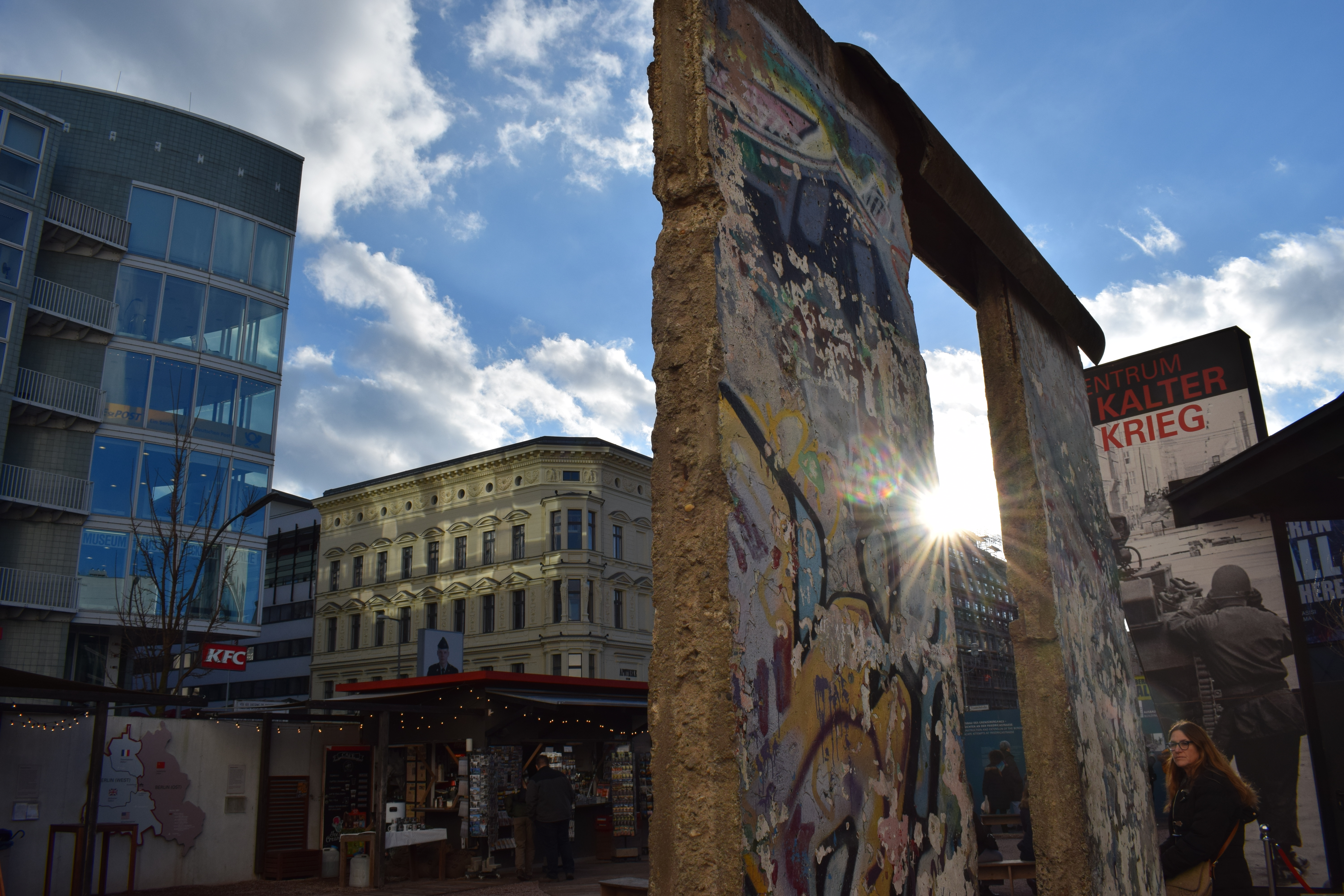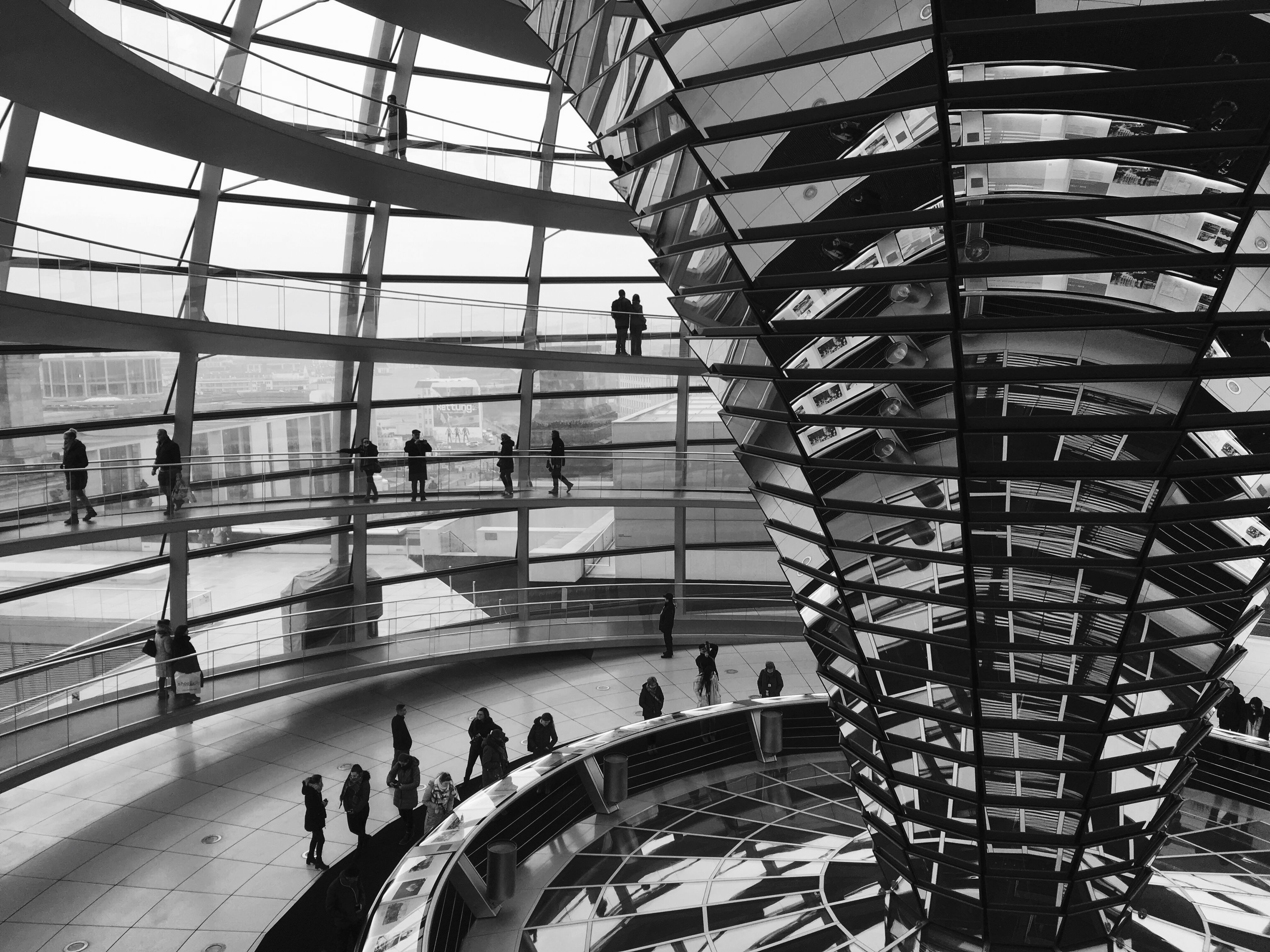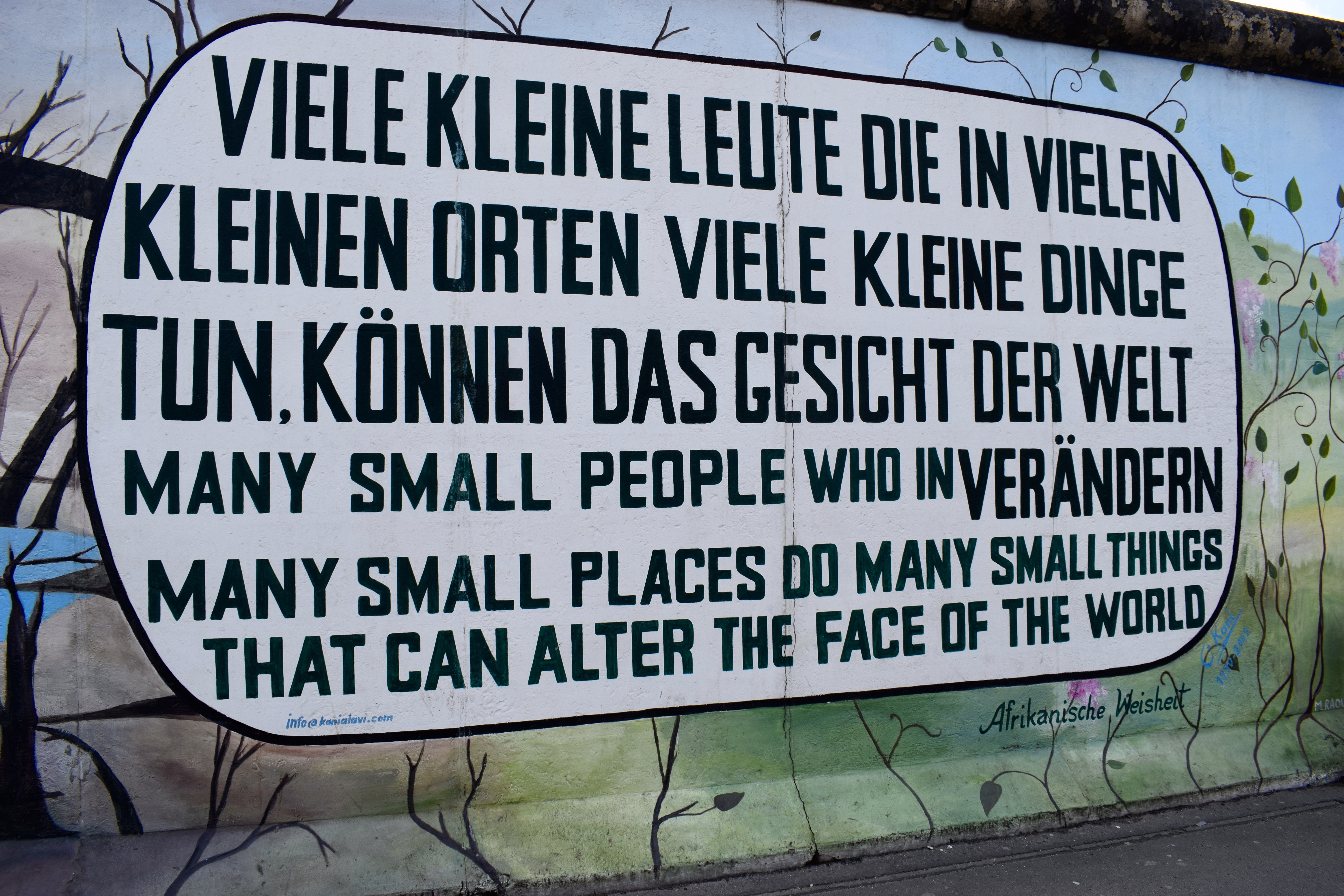To say I fell in love with Berlin at first sight would be a cliché. And it wouldn’t be true anyway. I didn’t love Berlin the second I saw it. I didn’t even feel amazed the first few hours in the city. My warm welcome was not warm at all. Berlin awaited me with cold and cloudy weather. And rain. When I was jumping over cigarette butts and puddles, freezing as hell in the middle of March, my impression of Berlin was far from love.
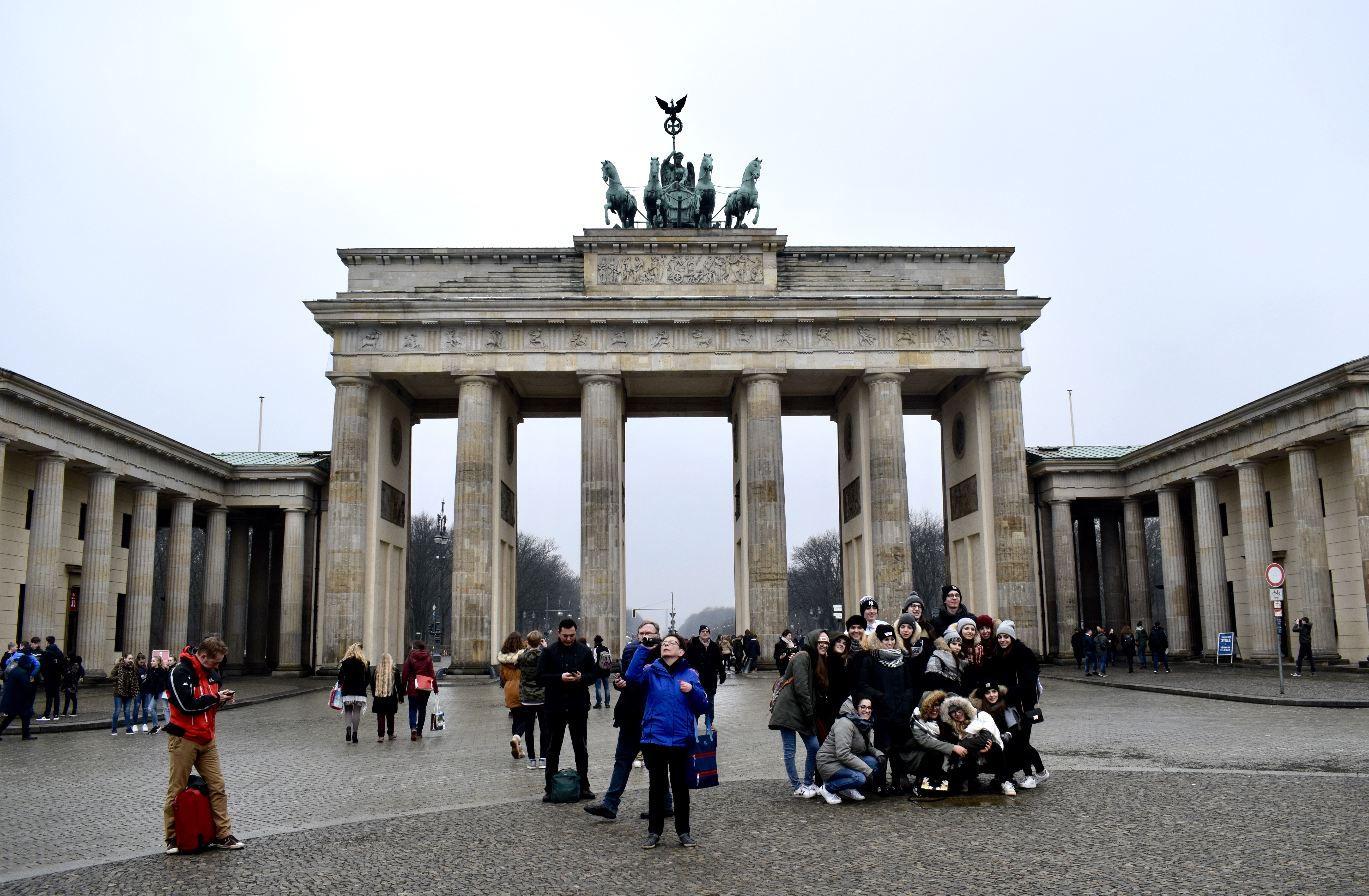
Poor but sexy?
You might have heard it before. The quote from former Berlin mayor Klaus Wowereit who said (more than a decade ago) that “Berlin is poor but sexy”. After first few hours in the city I wonder how could it be poor when it’s so expensive. But according to the Cologne Institute for Economic Research, Berlin is still struggling financially and is the only capital in Europe that is a drain on the country’s overall GDP. Imagine what France would be without Paris or how much income from tourism Czech Republic would lose if it wasn’t for Prague. But in Germany, Berlin is considered to be a liability.
But anyway, what Wowereit was trying to say and to do was to attract creative types to the city. It was success but we can’t really give all credit to Wowereit. Berlin is now a city that works like magnet to all open-minded and artistic souls from all over the world. If you are a young (or old) DJ, experimental painter in the beginning of the career or hipster startuper, you probably dream of living in Berlin. And so do many other people. But it wasn’t always like this.
In the past, Berlin was a city everyone was trying to escape. Shortly after Berlin was divided, Bonn government was trying to do everything possible to stop people from leaving Berlin and attract new inhabitants. They succeeded by introducing lower taxes, state subsidies and forgiving military service to all Berlin residents. Thanks to this move, West Berlin was soon inhabited by free souls, artists and intellectuals who could transform the enclave surrounded by the Soviet army into Mecca of freethinkers. The reputation remained until today.
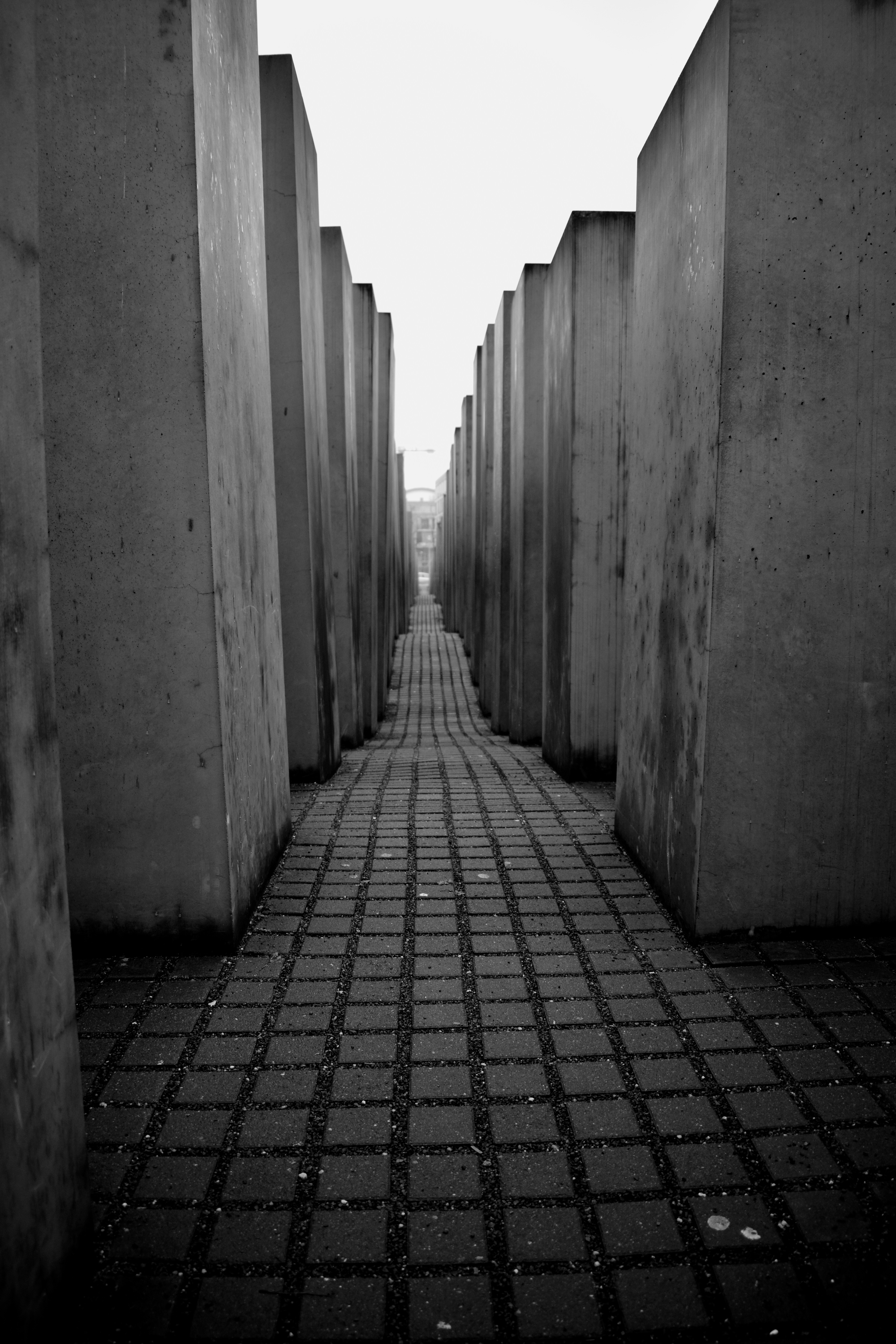
Painful history
Berlin might have the artistic spirit but it has the cruel history as well. I start my tour by taking the obligatory photos in front of the Brandenburger Tor. Everyone around is smiling, taking happy vacation photos. How contrasting it is when I try to imagine the infamous NSDAP march that walked through the gate in the 30ties in the 20th century.
However, there is another place with much darker history connected to it, just a few hundred metres away. I continue my walk in the cold Berlin weather until I reach the Holocaust memorial. Close to the Brandenburger Tor and Reichstag, there are 2711 black pillars of different height. All of them cover a space equivalent to three football pitches. And all of them are supposed to commemorate Jewish victims killed by the Nazis during holocaust.
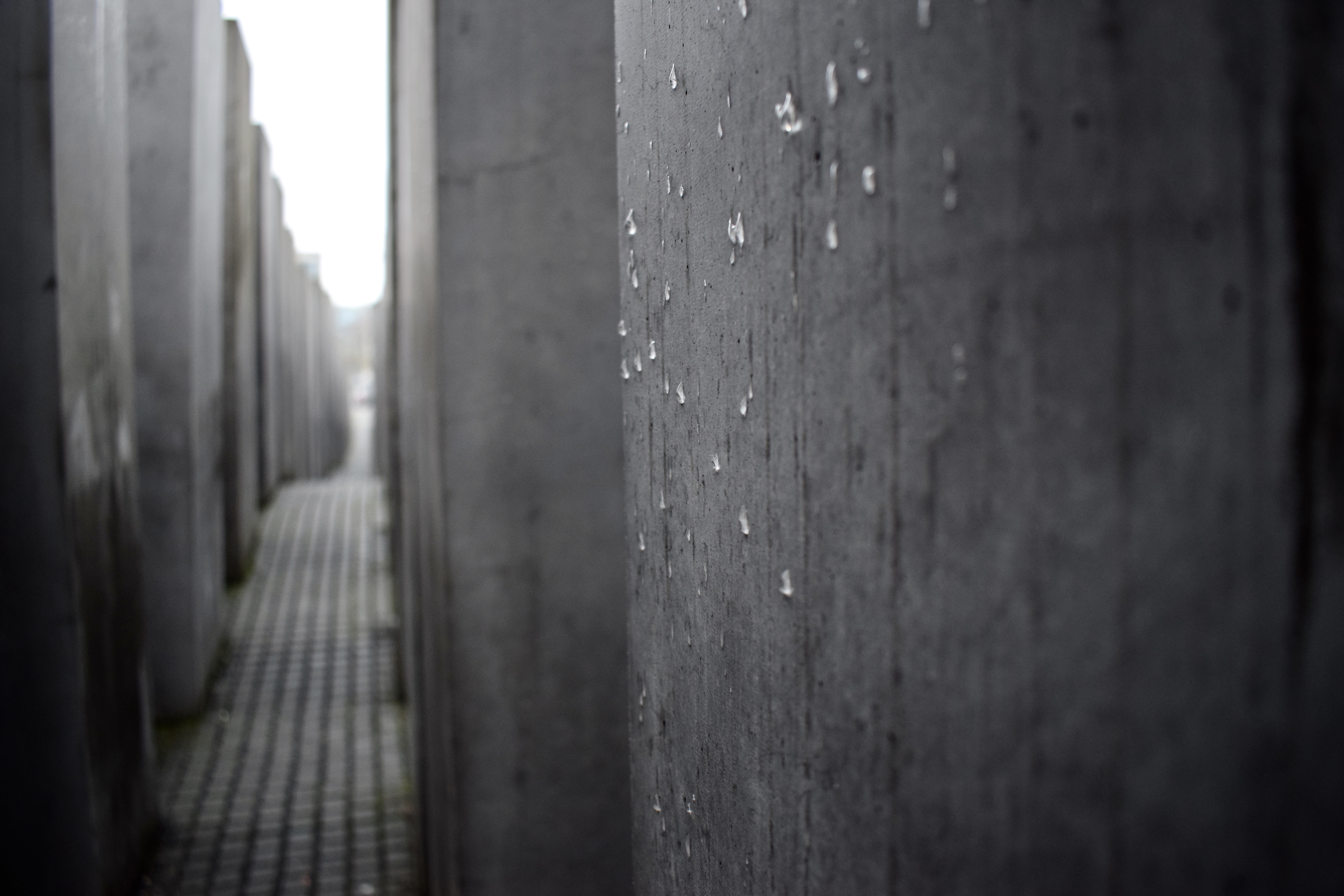
I slowly walk among the pillars and remember all the historical lectures, documents and books, dedicated to this subject. German people decided to build the memorial of its own black consciousness right in the middle of the city. So it would always remind the horrible atrocities committed by the Nazis.
The construction of the pillars didn’t go without a scandal. A big one. In order to protect them from vandals and insensitive tourists, the 2711 black stelae should have been sprayed with a special chemical substance. However, the substance came from the Degussa AG company whose sister company Degesch produced the killing Cyclone B during the Second World War. Despite the loud protest not only from the Jewish community in Berlin, the company did complete the job.
Although there is a sign in front of the monument asking the visitors to remain silent and show respect, the rules are not always followed. You can often see people jumping from one pillar to another or taking pictures while smiling and laughing. Here. At the place that symbolizes the greatest massacre in the history of human kind.
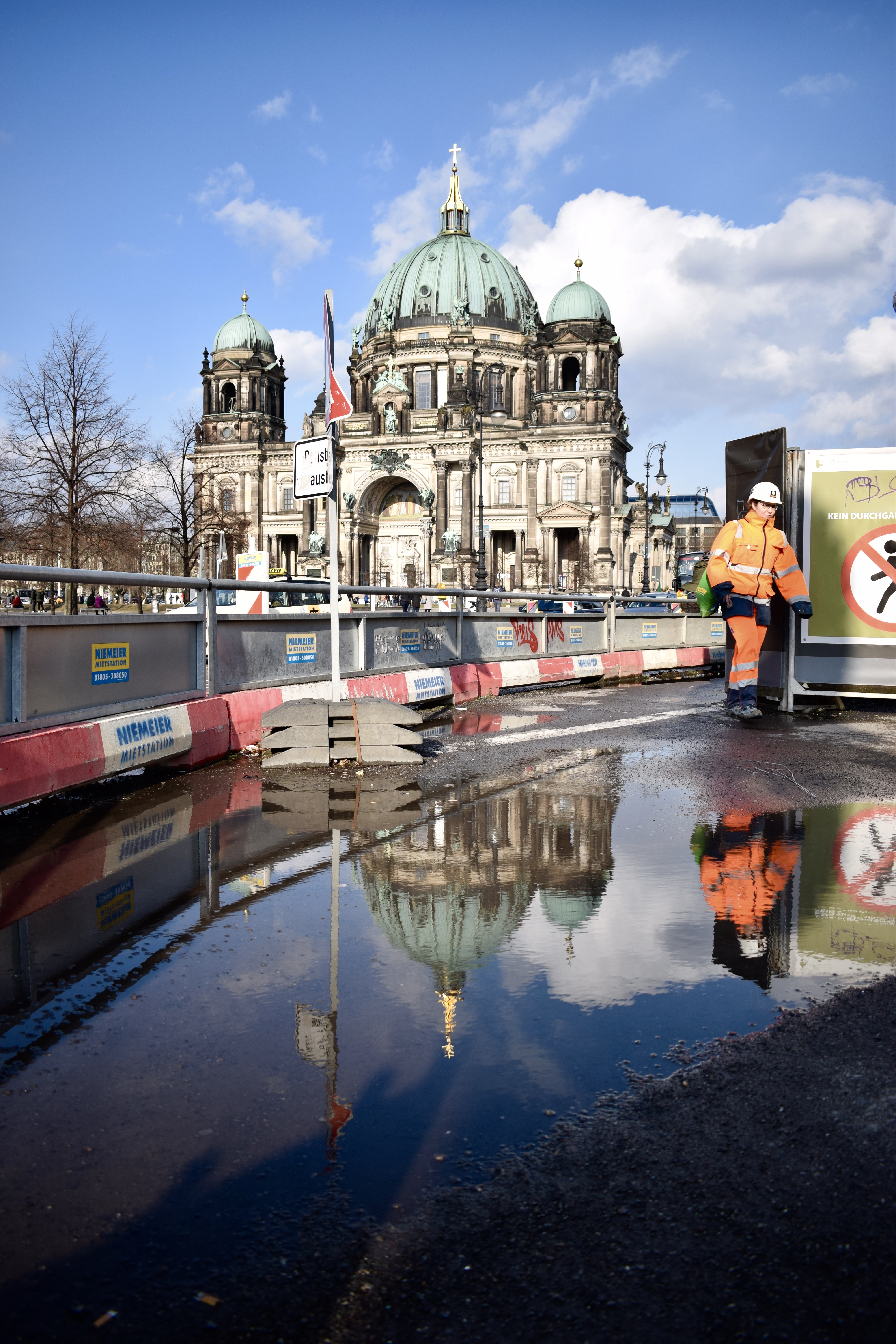
The weather is still not getting any warmer so it’s another cold adventure in the freezing German capital. It’s even colder at the place I decided to visit today. Tempelhofer Feld. Once one of the busiest airports in Germany and also a forced-labour camp during the WW2. Today the vast green space in the middle of the city serves as a popular spot for free time activities. The cold weather doesn’t stop the Berliners from running, roller-skating and cycling around.
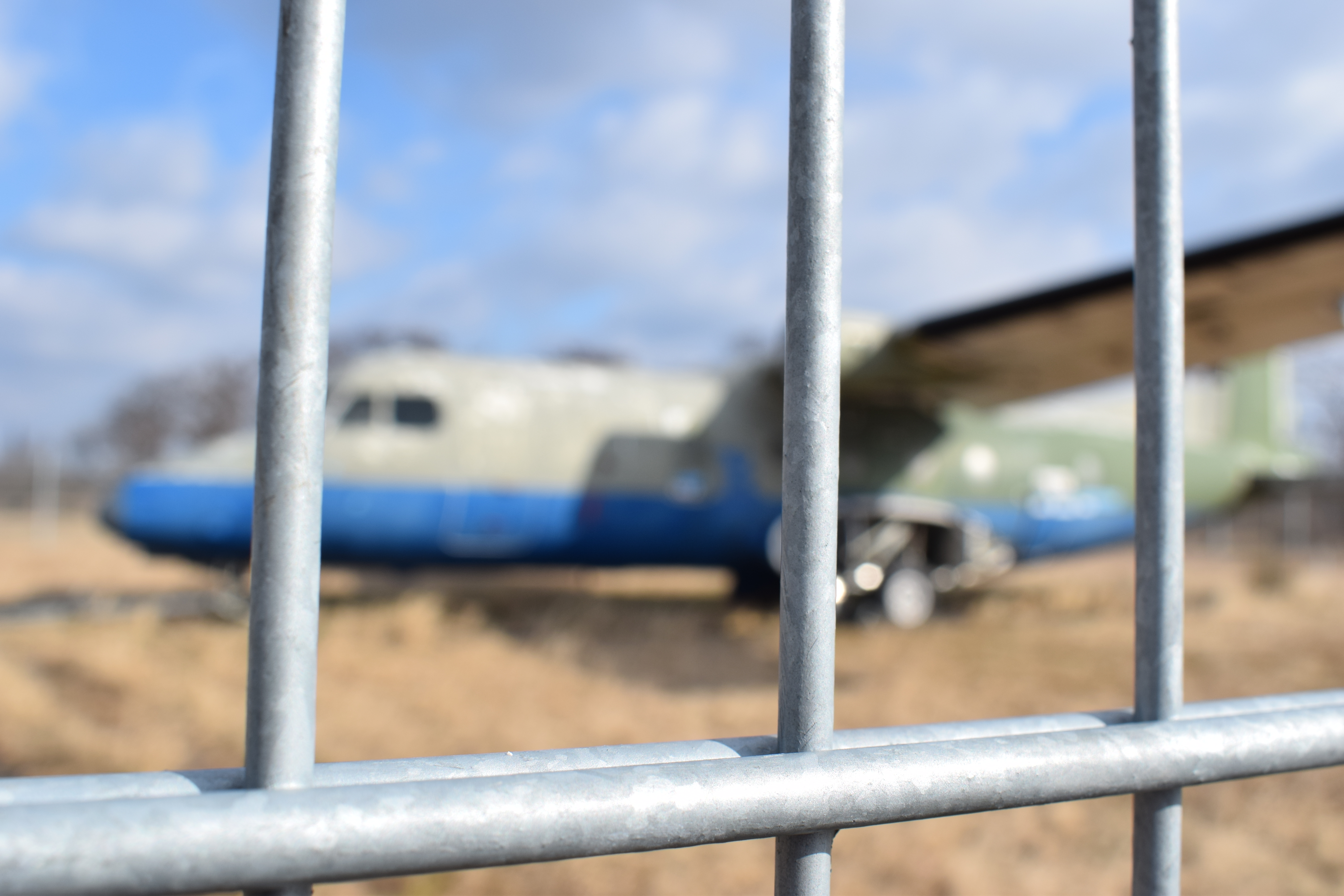
I leave Tempelhof on its other side and suddenly find myself in the Middle East. At least that’s how Berlin’s multicultural district Neukölln is called. Allegedly more than 150 nationalities live here. The shops often have names written in Arabic and Turkish as well and rather than currywurst you can taste kebab or falafel here.
The cold is too much for me today. I’m taking a break over cappuccino in one of the hipster cafés in Neukölln and enjoying the warm feeling for a while. Once I’m ready to move on I head over to the East Side Gallery. Like almost every place in Berlin, even the “Gallery” has interesting history to tell.
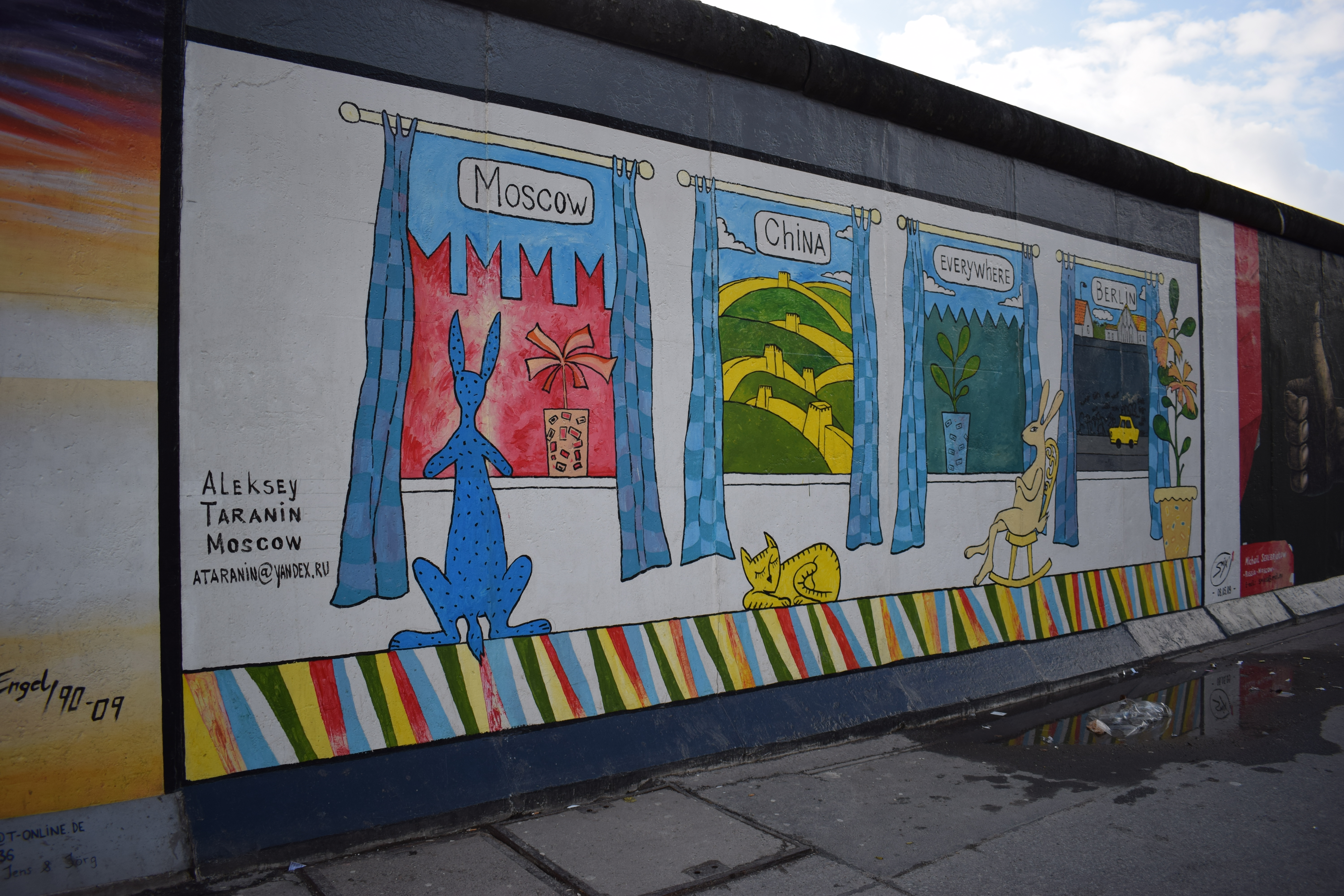
When Berlin was divided by the Wall, its eastern part was grey and often full of mines. The western part, on the other hand, turned into the world’s biggest canvas. The eastern Wall first felt the touch of art after the fall of the Wall in 1989. Artists from all over the world travelled to Berlin to paint the Wall with motives from history. Today, East Side Gallery represents the only bigger original part of the Wall stretching in the length of 1,3 kilometre.
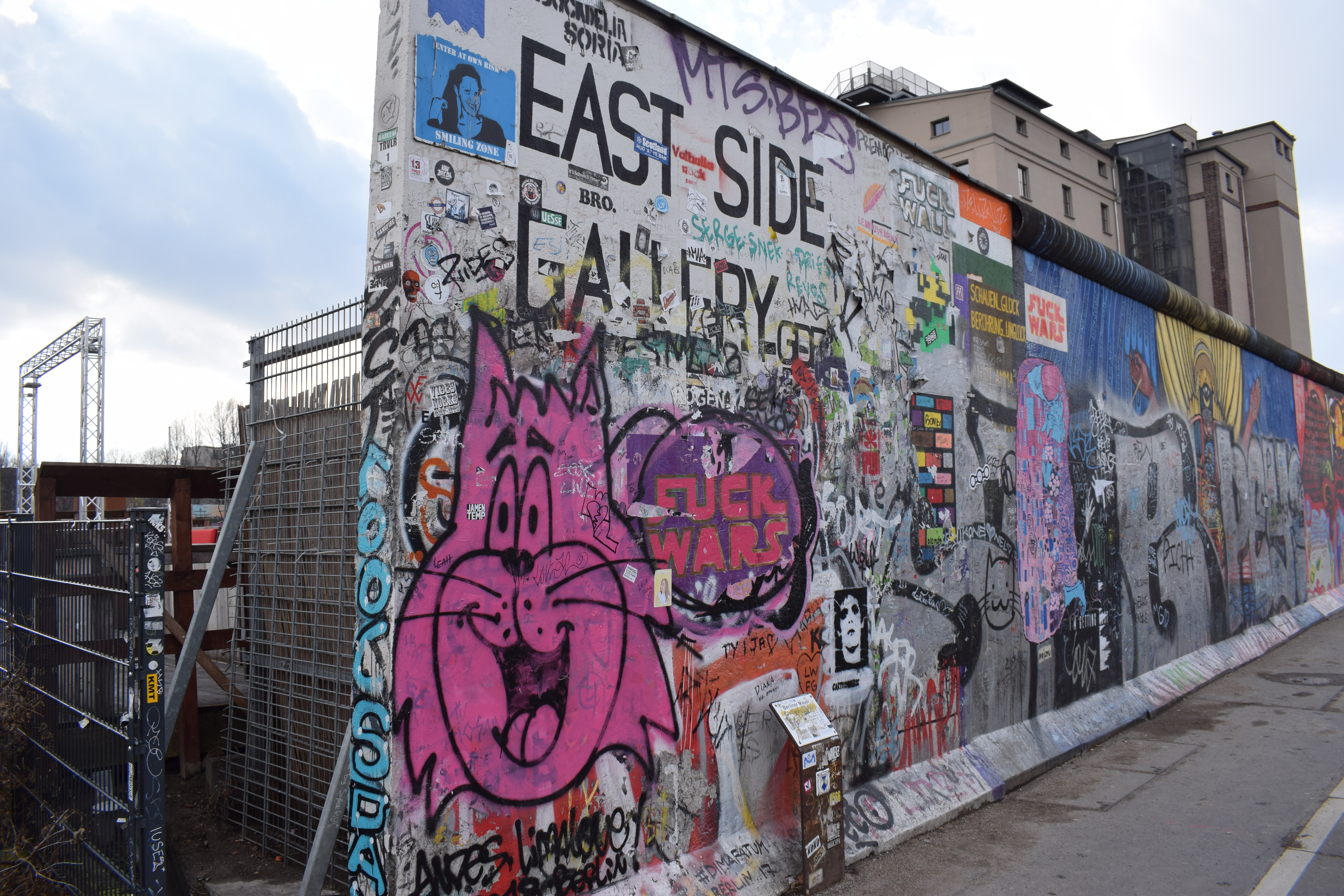
All works of art in the “gallery” are worth seeing. But I’m looking for the most famous one. Finally I find the painting by Dmitri Vrubel. It’s called My God Help Me To Survive This Deadly Love and portrays former High Representative of the USSR and the GDR – Leonid Brezhnev and Erich Honecker in a friendly hug with a kiss.
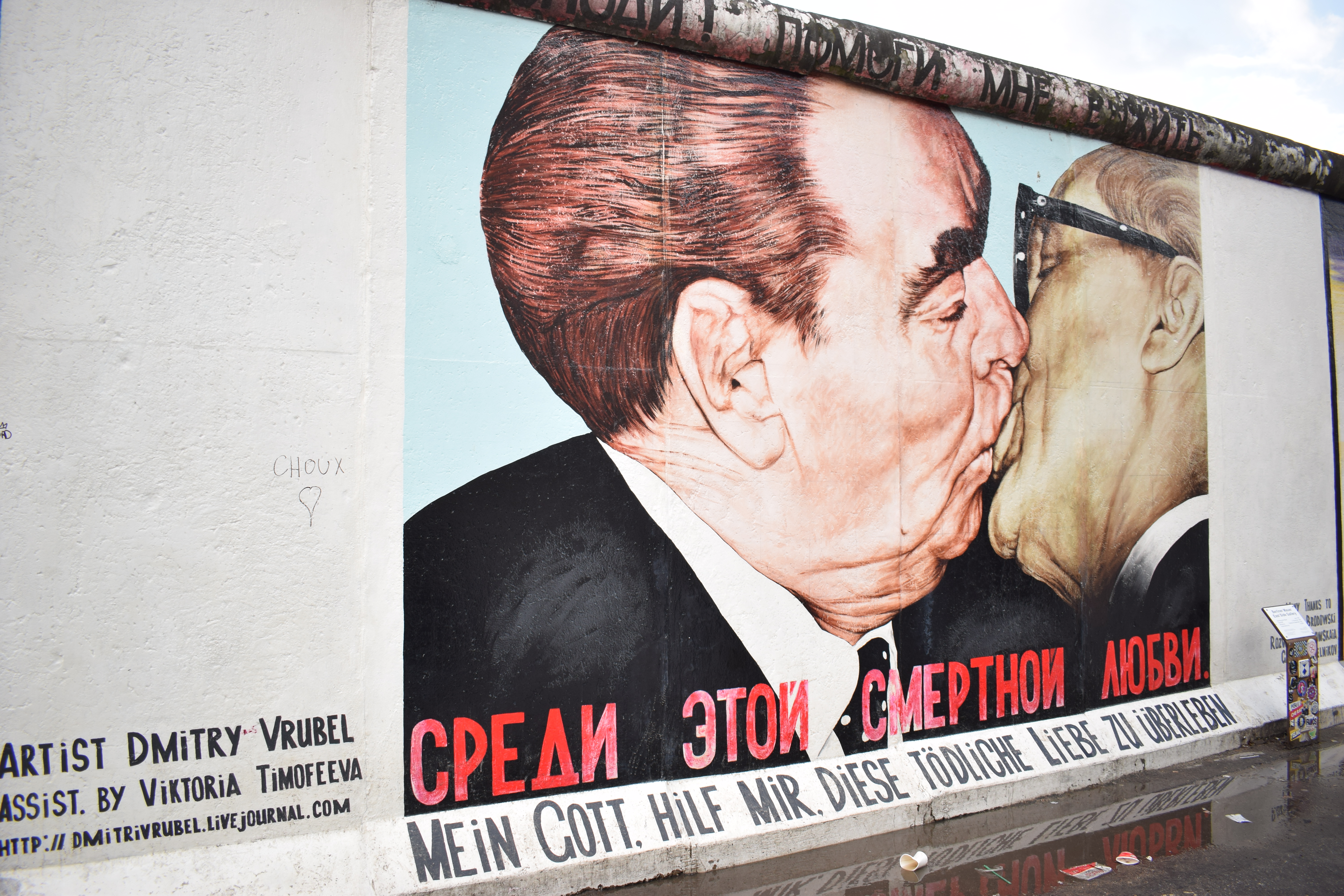
I’m saying goodbye to Berlin in a small café in Kreuzberg, one of the hip districts of the city. Although Berlin didn’t amaze me at first, the city found its way to enchant me. In the future, when I feel like starting a career of bohemian painter and join the free spirit people in the multicultural districts, I will head over to the Europe’s capital of cool. Hopefully, it will not get more expensive than it already is.
…
